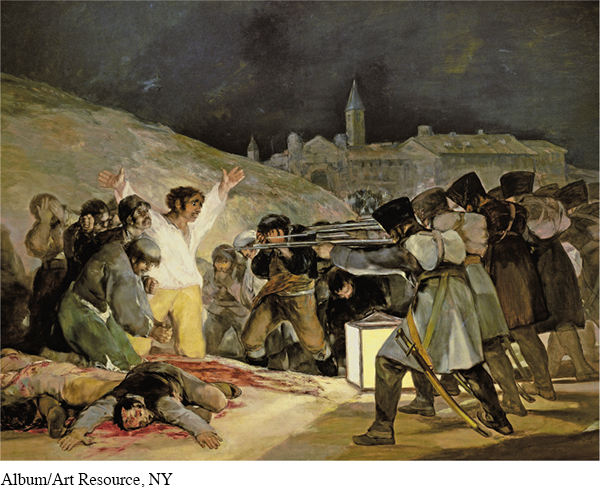2.5 Analyzing Theme
When you are asked to analyze literature, especially a long piece like a novel or a play, it can be overwhelming to know what to look for. It is certainly tempting and a whole lot easier to just Google, “What is the theme of ___________?” But any information you gather in that way is secondhand. Moreover, you miss the opportunity to engage with a text on your own terms, finding the patterns that you find interesting and that can lead to an original interpretation of the work. Writer Francine Prose describes her own experience reading for theme in high school English:
When I was a high school junior, our English teacher assigned a term paper on the theme of blindness in Oedipus Rex and King Lear. We were supposed to go through the two tragedies and circle every reference to eyes, light, darkness, and vision, then draw some conclusion on which we would base our final essay. [. . .]
Tracing those patterns and making those connections was fun. Like cracking a code that the playwright had embedded in the text, a riddle that existed just for me to decipher. I felt as if I were engaged in some intimate communication with the writer, as if the ghosts of Sophocles and Shakespeare had been waiting patiently all those centuries for a bookish sixteen-
I believed that I was learning to read in a whole new way.
What Prose outlines here is the analytical process: she observes the text closely for references to blindness, she sees patterns relating to which characters are literally blind and which ones just act blindly, and, while Prose does not, in this excerpt, reveal exactly what she discovered, she implies that she drew an interesting conclusion about the works in the term paper she was assigned.
So, determining theme starts with careful observation and looking for patterns, but what exactly should you be looking for? Here are some things you might look for that will help you turn your observations into conclusions:
Curiosities. Things you find puzzling, intriguing, or ambiguous. This is where you try to think metaphorically, as described on page 28.
Repetitions. Repeated images, words, phrases, settings, structures, rhymes, and so on.
Opposites. Contrasts like light/dark, good/evil, or characters or settings that seem to be in opposition.
Links. Connections or references in the text to something else outside the text, often called allusions—references to people, places, or things the writer expects the reader to know.
Look carefully at The Third of May 1808, (p. 33) a painting by Francisco Goya that depicts the Spanish resistance to the army of Napoleon, who had conquered Spain. The topic of the painting is “war,” but what is Goya suggesting about war in this painting? We can apply the four ideas above to answer this question and determine a possible theme.
Curiosities. You might find it curious that despite what looks to be his imminent death, the man in the center has thrown his arms wide in defiance—
Repetitions. You might notice that each soldier on the right has a hood on, and that you can’t see these soldiers’ faces.

Opposites. You probably notice right away the opposites in the painting; the man about to be executed is in bright light, while his executioners are in dark. Additionally, you can see opposites in the straight, formal line of soldiers contrasting with the chaotic alignment of the civilians.
Links. As the central character in this painting is wearing white and holding his arms out, Goya might be suggesting a Christlike pose and indicating the righteousness of his sacrifice. The hooded soldiers might be a reference to the Grim Reaper.
From these observations and patterns, you could probably draw a reasonable conclusion that Goya is commenting on the heroism and sacrifice of average citizens who face death in the fight for their country’s freedom.